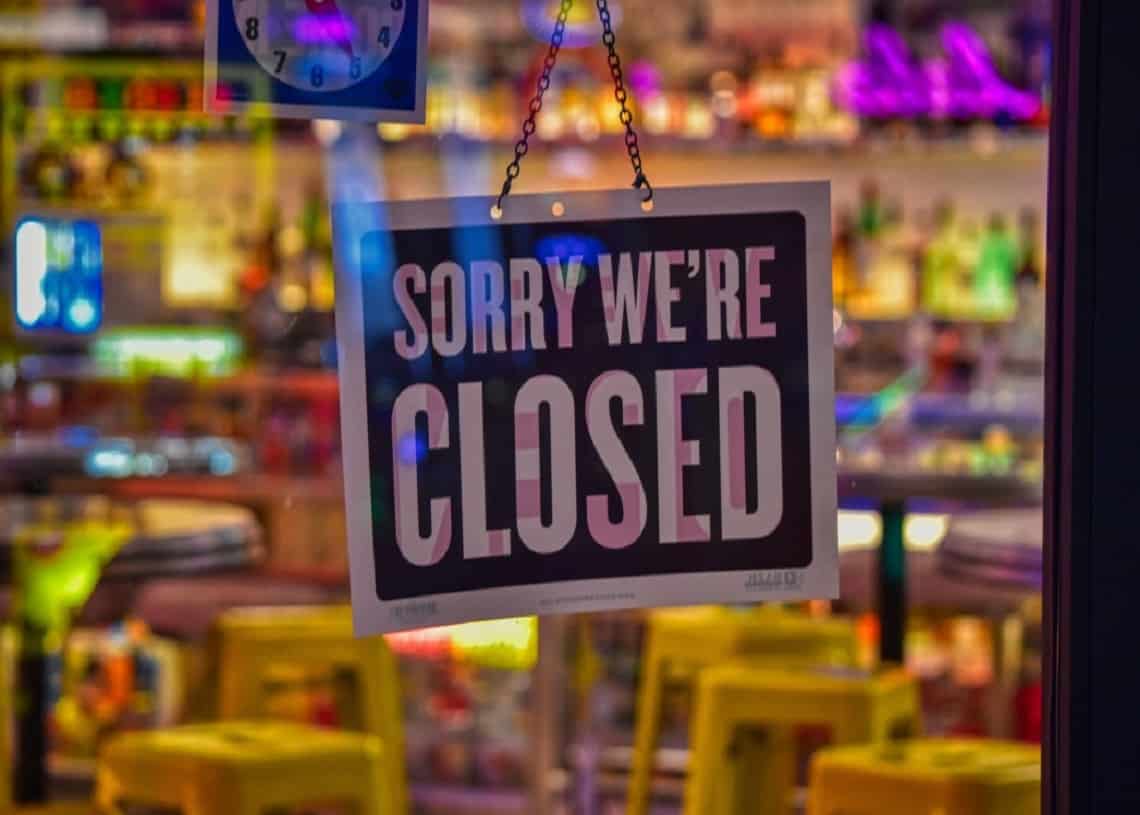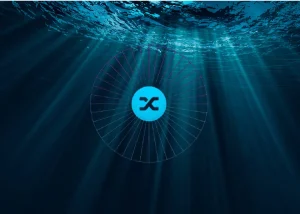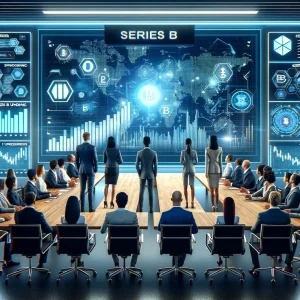“Normal is an illusion. What is normal for the spider is chaos for the fly.” – Charles Addams
What’s the new normal after COVID-19 might be far beyond what we imagined, far worse. Nobody is immune to the coronavirus. For many schools around the globe, it’s not yet clear what will happen in August and September. School administrators meet constantly with their staff and faculty, and discussions revolve around mandated shutdowns and the cities’ and states’ stay-at-home orders. What’s the future for education on lockdown?
Planning for anything right now feels impossible — and for that reason, many schools are considering multiple possibilities. Many schools were caught flatfooted by COVID-19. Most were unprepared.
The New York Times reported last week that the coronavirus has already cost U.S. universities millions of dollars, affected by factors like sports season cancellations, housing payment refunds, demand for tuition discounts, and fundraising challenges. What’s normal is to enjoy life to the hilt, go to gigs, shop to the max, worry no more. But after COVID-19?
Harvard had to return its $8.6M bounty in a flurry of protests by no lesser than President Trump. What will you do with the same amount of money, if you have the same opportunity to make changes?
And yet, somewhere, shines a light as preparations were made beforehand by those with homegrown skills and concerned citizens. Let’s look at a slice of life at the biggest lockdown in the world and what’s about to transpire, the New Normal after COVID 19 – specifically, for schools and students relying on them:
Dear Diary
It is time for school.
I’ve opened my Whatsapp, downloaded the pdf file, listened to the audio that teacher Singh sent us, and I am waiting for the teacher to join us in the virtual “classroom” to discuss today’s lesson.
In the past month I’ve used Youtube, Facebook live, Google Classroom, and English Forward Telegram chat to do my school work and meet my classmates.
About 70% of my school class is attending lectures. I can see the attendance displayed on the screen.
I am among 60 million students attending school online I’ve been told.
And Prime Minister Modi has just extended the lockdown until 3 May.
This is the story of many young people, not only in India but the world over. It is Education 4.0, and this is the new normal in a typical school day. Until it changes.
Online education is a term that has been used loosely as an ideal, a solution to the education challenges faced today. COVID-19, however, has hastened the ushering in of the online education sector, and mobile networks have become the preferred platform.
Only a handful of private schools could adopt online teaching methods effectively as they had the resources to quickly pivot to the new model. Some of their low-income private and government school counterparts have completely shut down as they do not have access to e-Learning solutions.
Students, in addition to the missed opportunities for learning, no longer have access to healthy meals, sometimes the school is the only place they would be fed on a daily basis. This has caused huge economic and social stress in many communities. Even teens were at risk in their own homes.
Connectivity for access to educational tools
Online education depends on several key factors to work efficiently, and a robust network and connectivity is the number one priority.
COVID-19 has created an environment for collaboration, and notably, a successful initiative between telecom firms and streaming companies like Netflix and YouTube has lowered the transmission bit rate from high definition to standard definition. This has allowed networks to maintain capacity and has made more bandwidth available for a large number of users.
This is a result of European Union Commissioner Thierry Breton revealing on Twitter that he had an “important phone conversation” with Netflix CEO Reed Hastings. He said
Infrastructures might be in strain” with so many people staying home to help prevent the spread of COVID-19. He recommended people “switch to standard definition when HD [high-definition] is not necessary.
As we move into these unchartered waters, the key to creating valuable learning tools will be to ensure that learning app firms, technology providers, and telecom service providers develop a learning system that makes learning truly enjoyable.
As we move into the new millennium of education, teachers are preparing lessons using distance learning tools, and parents are learning new teaching techniques at home, juggling their job responsibilities and responsibilities in the classroom.
New normal after COVID-19
We should take heed of three sectors as a starting point for the new normal after COVID-19
- E-learning Applications
There are many online learning apps like BYJU’s, Adda24x7, Duolingo, Khan Academy, and others that are our starting point in designing new tools for students.
2. Higher Education
Universities and higher educational institutions have a responsibility to utilize online learning effectively as a critical determinant of a country’s economic future in the higher education sector, which has been significantly disrupted by the pandemic.
3. School Education
Saanvi, our “Blockchain Babe”, a student in Mumbai, attends her online school with the same enthusiasm as she did when she was attending classes. She said:
I love the new schooling system online – it is fun, and I don’t have to wake up early to get ready. The teachers are also very accommodating and take extra time to make us understand the topics.
According to a UNESCO report, more than 1.5 billion school children around the world are using online education, following the global lockdown.
Where do we go from here?
Not all is lost. Blockchain influencers are gathering up strength in numbers to fast-track projects. Time is of the essence. Due to the atmosphere of urgency, Americans are being made aware of their lackadaisical perspective on education, and lack of concern for 3rd world communities.
When asked about what they believe is the most significant hurdle blockchain and crypto industry needs to overcome to drive adoption rate, around 53.8% of people think that it is the lack of awareness and knowledge. Approximately 34.4% of people also feel that lack of resources like the internet or electricity has diminished the interests of many investors.
Inclusive learning solutions, especially for the most vulnerable and marginalized, need to be developed. The fight with the coronavirus, it seems, will be a long one, and the way we educate our next generations has undoubtedly changed. The new normal after COVID-19 should be education inclusion for children of school age – without gender, geographical, social, or economic boundaries.





